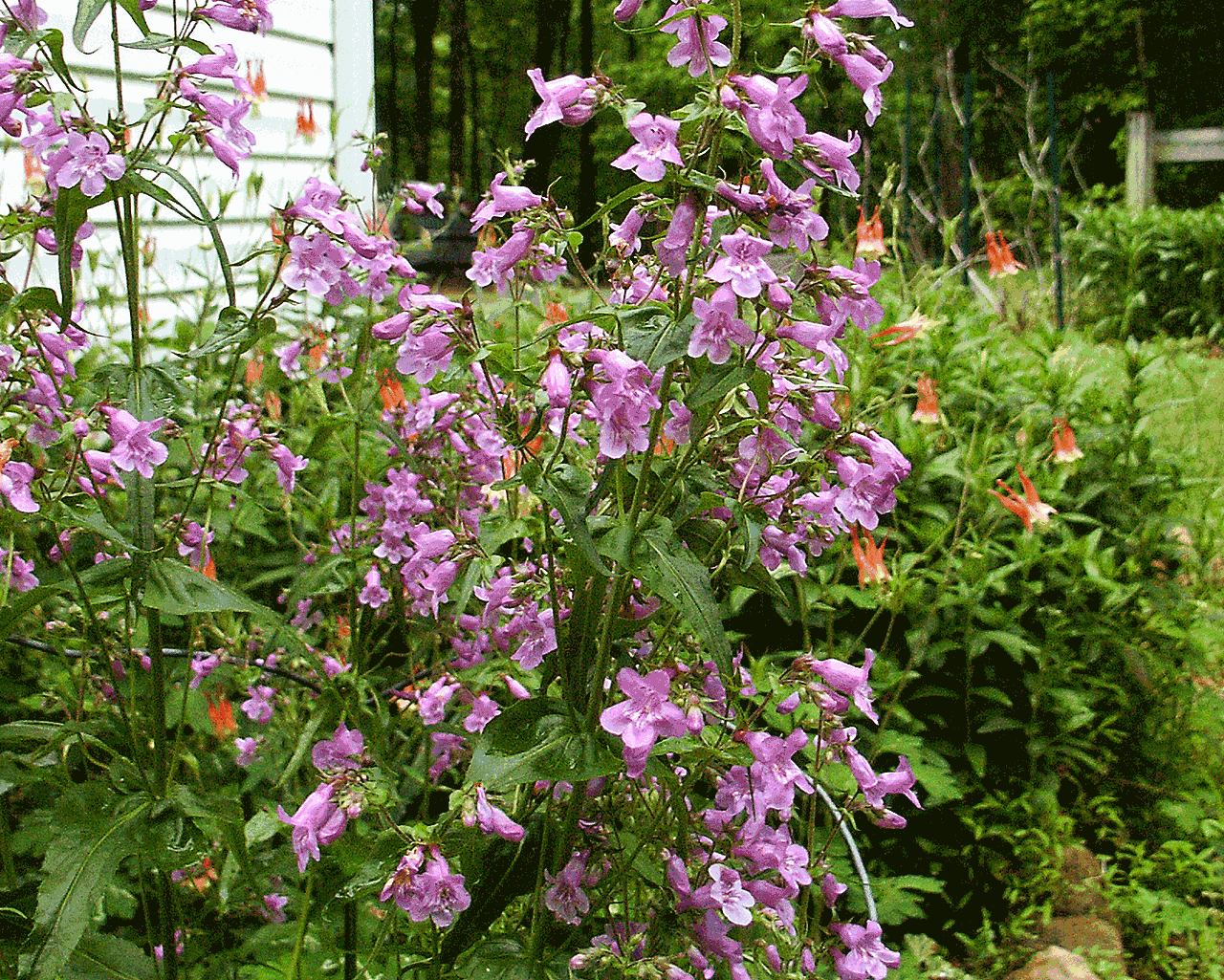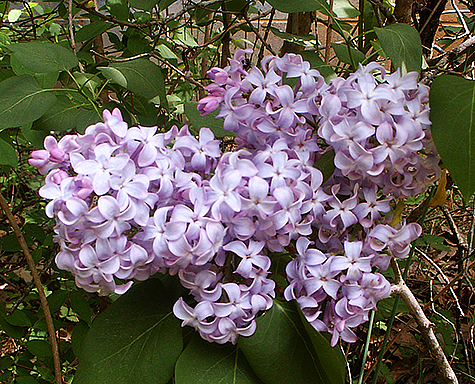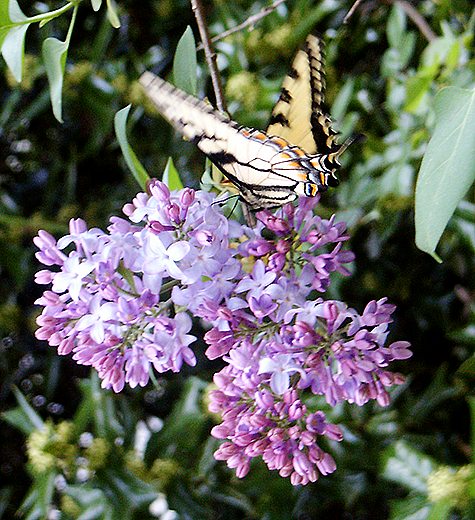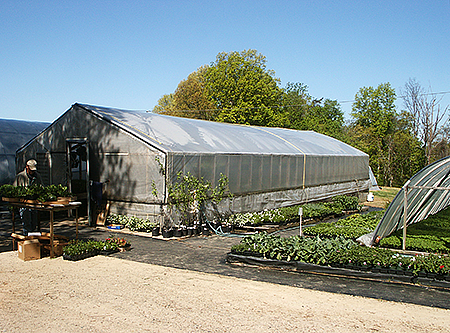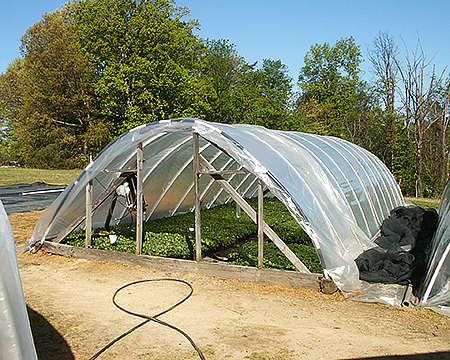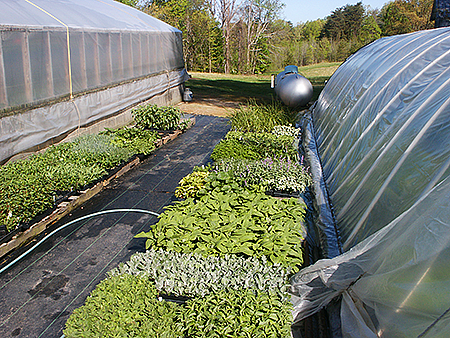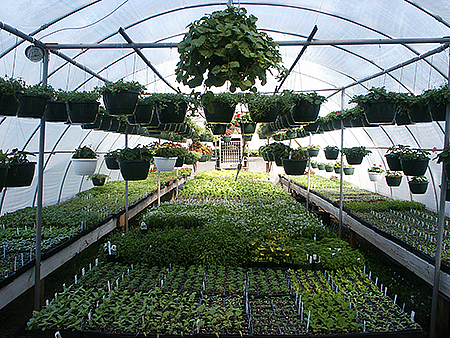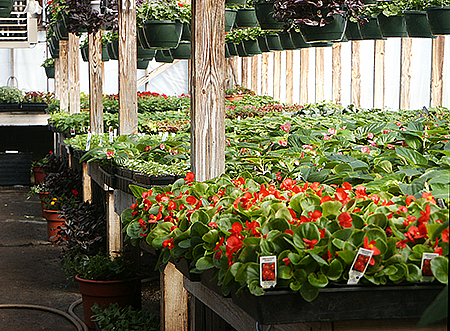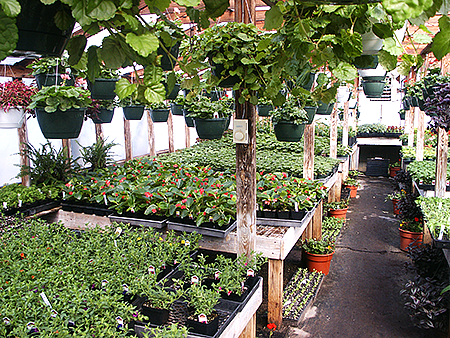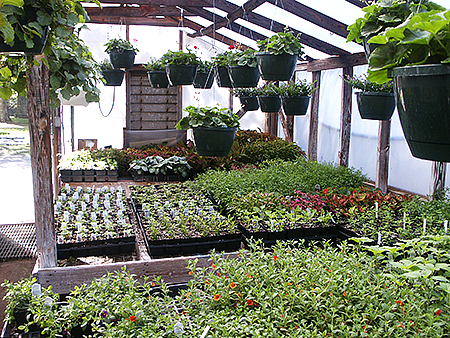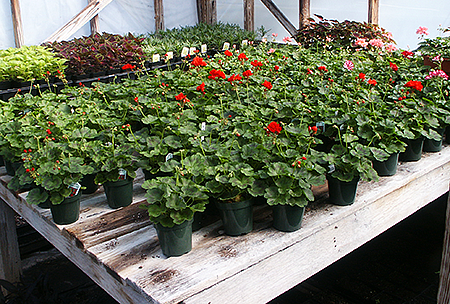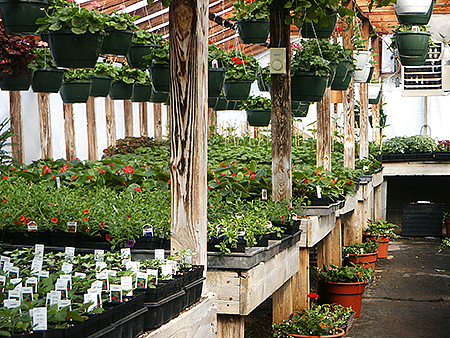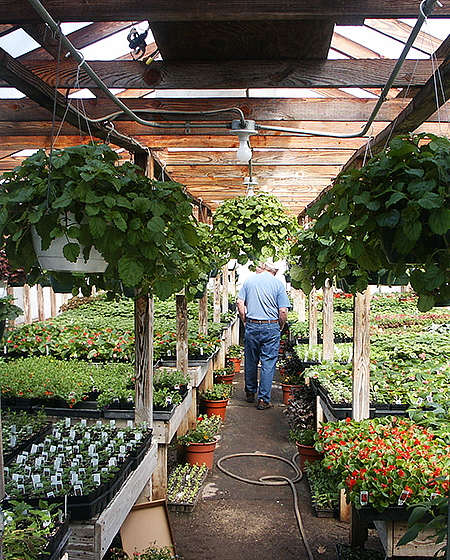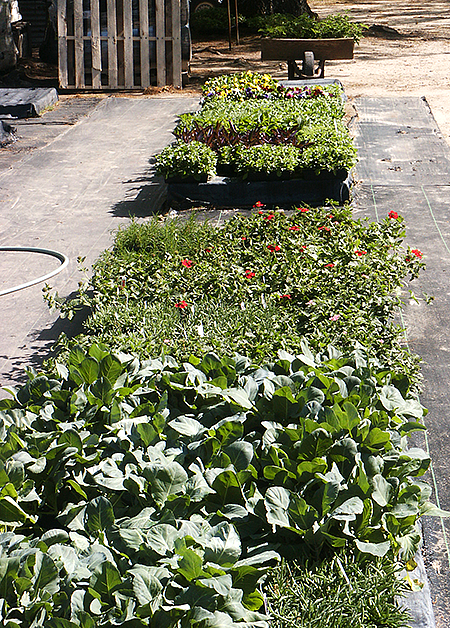Busy Day In the Gardens
The weather forecast for this coming weekend calls for rains possibly beginning late Friday night. I have been sick with some type of upper respiratory tract infection; in other words a head cold, for the past week. I was reluctant to do much outside in the gardens this week. Up until today, all I had done was plant a few annuals in some of the beds and containers. However, with the rains moving in this weekend it was imperative that I get the gardens ploughed; otherwise, the gardens would be too wet and I am already behind in the vegetable gardens.
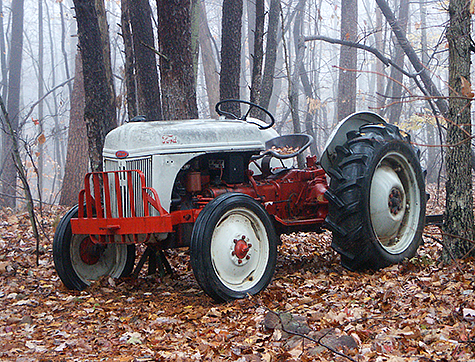
I fixed the fuel leak on The Old Girl but after sitting idle for the winter, she was having a bit of a problem getting moving again. I took the carburettor apart and gave it a good cleaning, but afterwards had trouble with the fuel bowl overflowing. I made several adjustments to the float, but my conclusion is that it is time to replace the needle and seat that shuts off the flow once the bowl is full. I did manage to get The Old Girl running fairly smoothly, but when I would shut her off, I had to shut off the fuel valve as well or she would flood out with me. The photo of The Old Girl above was made last autumn on a foggy morning. The Old Girl has been here for some time now. She first came to live with us when Dad and Mum decided a tractor would be a big help in working the gardens. Raising a vegetable garden was not just a hobby for Dad and Mum; with seven children to feed, it was a necessity. Mum told me that Dad was so proud the day he brought home The Old Girl; it was one reason, she told me later after Dad had passed away, that she could never consider selling her. I had never operated a tractor until after Dad passed away. I still don't have the skills Dad had when ploughing; Dad could use the cultivators and when he was finished it would look as if he had hoed the rows. It use to really irritate me that I could not do what Dad was able to do. When I would get upset with a crooked row, or with not being able to use the cultivators the same as Dad, Mum would tell me that Dad had many more years using a tractor than I did. Still, even knowing that did little to make me feel better about my skills, or lack of skills, with the tractor as compared to Dad.
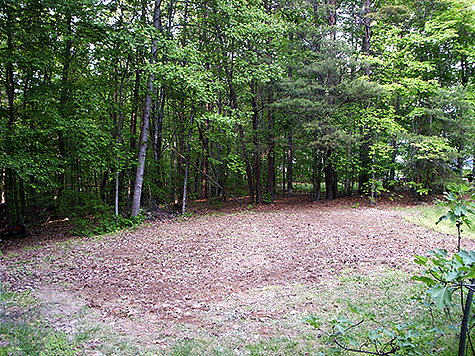
I decided that I would start with the back veggie garden and get it in shape before the garden in the little valley. The leafy green vegetables in the back veggie garden had already bolted, and the seed pods had already formed. I really should not have allowed this to happen, but as I said, I had gotten behind in preparing the vegetable gardens. I hooked the disc harrow to The Old Girl and used it to cut down the stalks as best I could. I dropped the disc harrow off, and in my haste to get the turn plough connected, forgot to remove the lift arm. Therefore, I was left dragging the disc harrow out of the way by hand; and it was not an easy job by myself. Once the disc harrow was out of the way, I hooked up the turn plough and turned the back veggie garden. As I was working, a shower of rain moved over. A quick check of the radar showed that it would not be a large cell so I continue to work on the gardens.
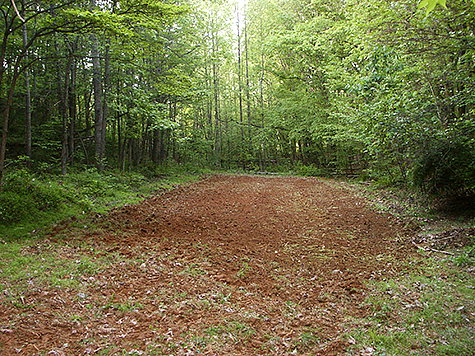
With the back veggie garden finished, I turned my attention to the garden in the little valley. It was much too wet to use the turn plough, so I connected the disc harrow and used it to cut up the weeds and loosen the soil. Since the soil was wet, the disc harrow cut deep enough that I would not have to use the turn plough and this saved me some time. Once I was satisfied with the condition of the garden, I took The Old Girl back home and dropped off the disc harrow and parked her beside the shed.
I decided to plant a row of blue lake bush green beans in the little valley. Blue lake bush beans are a good variety to grow; they perform well and require little in the way of care. Bush means they will not grow runners and do not require staking. I remember being asked by a friend once about the type of green beans I grew; she was going to start a small vegetable garden. I told her I grew blue lake bush beans and she asked me how many bushes would she need. It was all I could do to keep from laughing. She had told me that she grew up in rural West Virginia and that she and her sister, when they were little girls, use to spend time out in the meadow playing games. I assumed that as a country girl from rural West Virginia she would know about gardening. I explained the term to her and explained how to plant and grow blue lake bush beans. Actually, she never did start her garden and brought a peck (9 litres) of beans from me that year. My friend has since moved away and I have no idea if she gardens as we have lost touch with each other.
Growing blue lake bush beans is an easy task. I decided I would plant a row 12 meters (40 feet) in length. I left The Old Girl at home and gathered the implements I would need, some 10-10-10 fertiliser, and a bag of bean seeds. I walked down to the little valley and got to work planting the beans. I prefer to use a garden rake instead of a hoe. I still remember the first time Mum saw me use a rake to plant green beans. Mum used a hoe for working in the garden. The only time I use a hoe is to chop weeds. Mum and I was working together one day planting green beans. I had drilled the fertiliser down the row and then used the garden rake; just one corner of the tines, to mix the fertiliser into the soil. It is important to mix the fertiliser into the soil so the new roots that sprout will not get burned by the fertiliser. Once the fertiliser was mixed, Mum drill the beans into the row. When planting bean seeds, you sow them thick so you will get a good stand of beans. Seeds will normally have around an 80% germination rate; therefore, by sowing them thick you will guarantee to have a solid row without gaps. I had 1/2 kilogram (one pound) of seeds and had some left over when I was finished. Once Mum was finished drilling the seeds, I took the rake and started to cover the beans. Mum thought I was crazy and that I was going to cover them too deep and the beans were not going to be able to sprout. However, I continue covering them and quickly finished. Mum had her doubts about my method, but did admit that she had never seen anyone cover a row of beans as quickly as I did; a garden rake is much wider than a hoe. The beans did sprout and was a thick row of healthy plants that produce plenty of green beans. From then on, Mum never questioned me using a garden rake to cover a row of seeds.
The last task of the day was to dig a ditch along one width and length of the garden in the little valley. I have had serious washing problems with the garden in the little valley if we have heavy downpours of rain. There is a slope on three sides where the water will flow towards the little valley. There is already a dry wash on one side, so that area is not a problem. However, the water can flow down the other two sides directly towards the garden. Last year we had a tremendous amount of rain to fall in only a short time and the water cut a ditch through the garden. I had to repair that today as well. Using a shovel, I dug a ditch across the upper end down to the dry wash. Once I had that ditch finished, I dug another one the entire length of the garden connecting it to the first ditch. Hopefully this will prevent a reoccurrence of the washing problems I experienced last year. By the time I finished with the ditches, my back was beginning to hurt and I decided I had done enough for the day. When I returned to the house, it was around 8:00pm and I decided to start dinner cooking while I took a nice hot shower to ease my aching back. I have to be careful not to over do the strain on my back as I do not want to end up stuck in bed again for several days and unable to work in my gardens.
